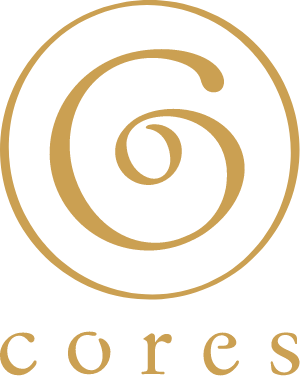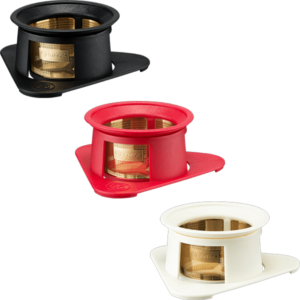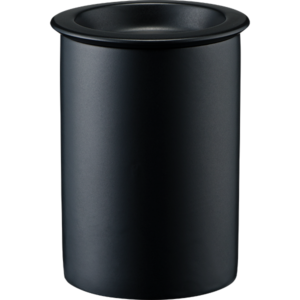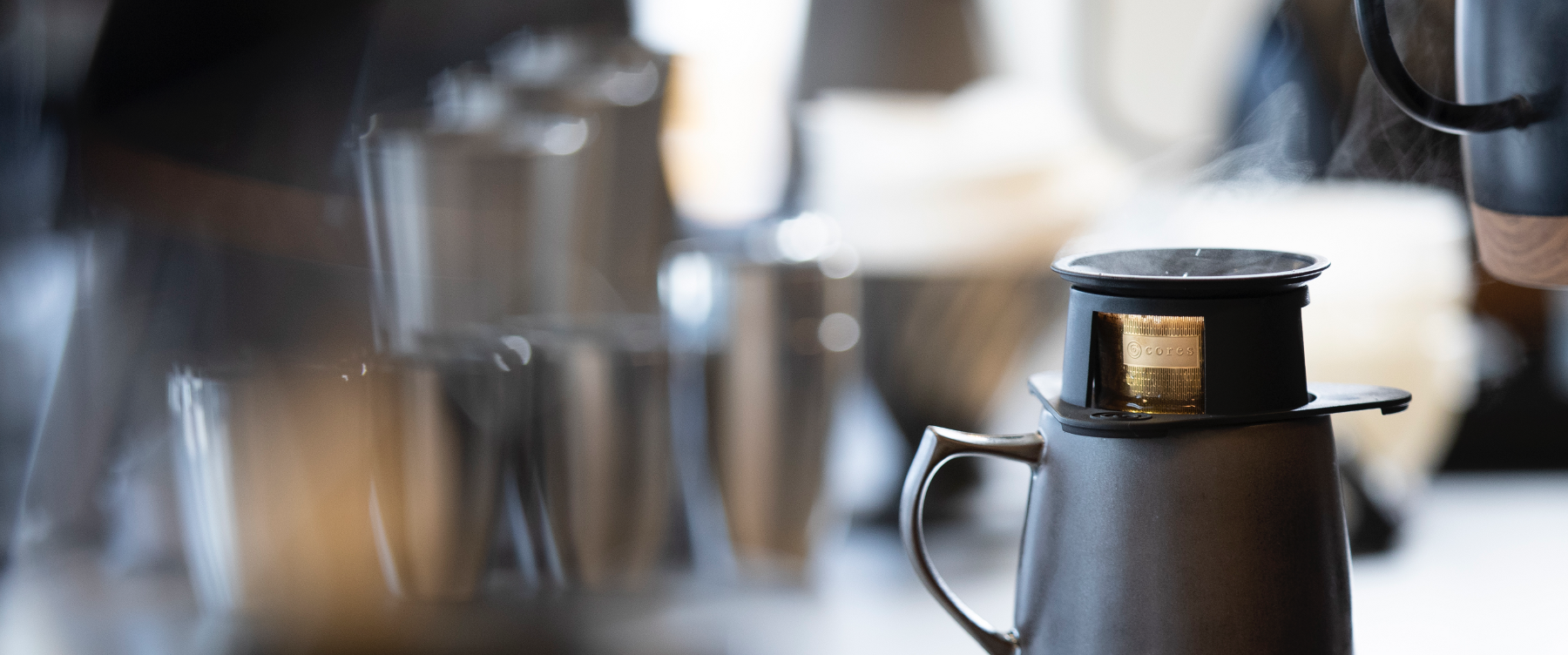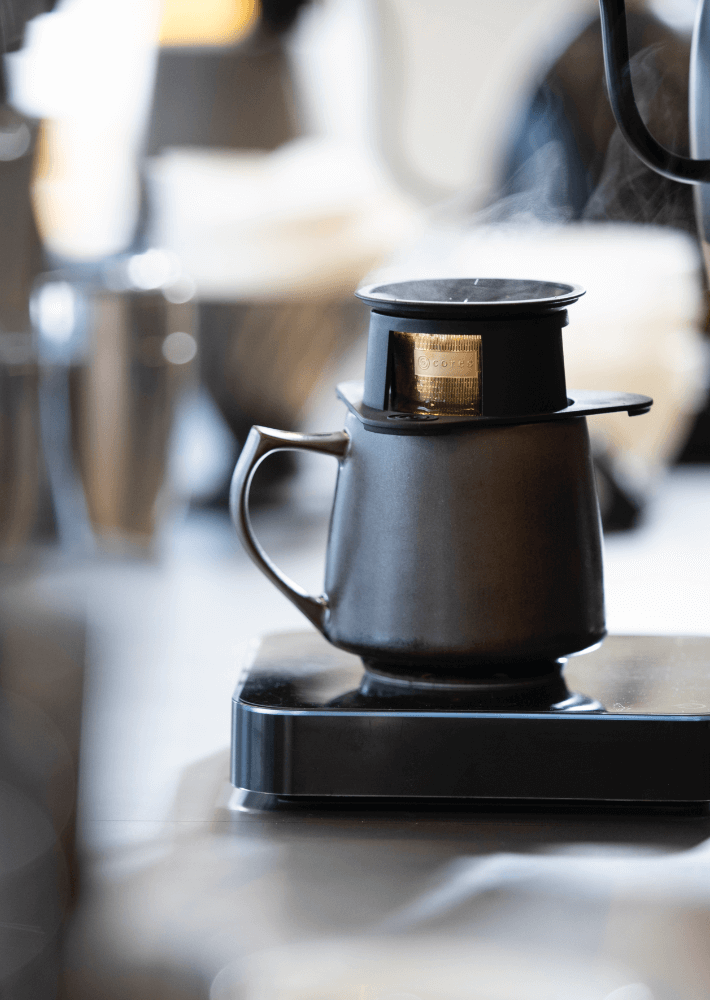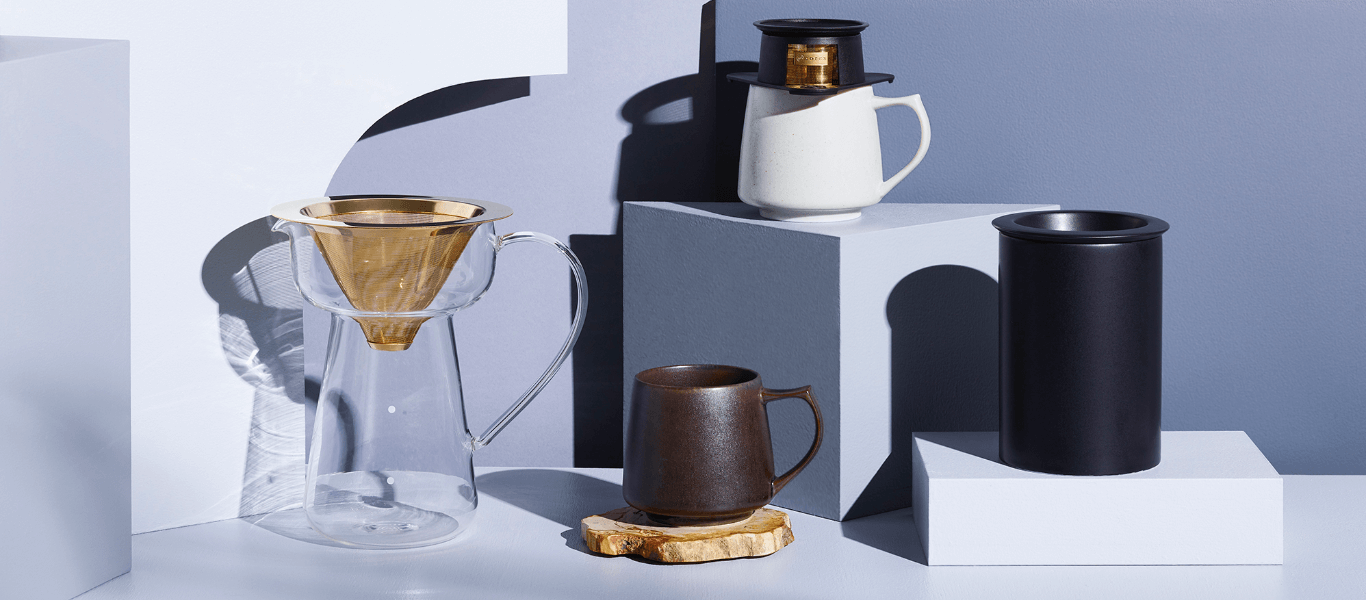KIKI MUG C812 Series
It is all about bringing the best aroma
Kiki Mugs are created with a meticulous design process, all for you to fully enjoy the distinctive aroma and flavors of specialty coffee.
They have a unique shape, like a wine glass with a gentle texture. As your lips touch the edge of the cup, it is as if you are embraced by the rich aroma and flavor.
They have a unique shape, like a wine glass with a gentle texture. As your lips touch the edge of the cup, it is as if you are embraced by the rich aroma and flavor.

Kiki Mugs in two sizes
Kiki Mugs come in two sizes: a generous 320ml and a smaller 220ml.
The larger size is ideal for a hearty morning drip coffee, or for a comforting café au lait or cocoa paired with milk.
The smaller mug lends itself perfectly to more concentrated drinks such as espresso, or for serving a modest portion to your guests.
What’s more, many shop-bought powdered or ready-made soups are around 150ml, making the mini size an excellent choice as a soup mug.
By keeping both sizes to hand, you can select the one that best suits the occasion and the drink you fancy.
The larger size is ideal for a hearty morning drip coffee, or for a comforting café au lait or cocoa paired with milk.
The smaller mug lends itself perfectly to more concentrated drinks such as espresso, or for serving a modest portion to your guests.
What’s more, many shop-bought powdered or ready-made soups are around 150ml, making the mini size an excellent choice as a soup mug.
By keeping both sizes to hand, you can select the one that best suits the occasion and the drink you fancy.
Wine glass shaped design
Having the narrow rim encourages coffee to flow into the mouth smoothly, allowing the aroma to linger and the flavors to be enjoyed in every part of the mouth.
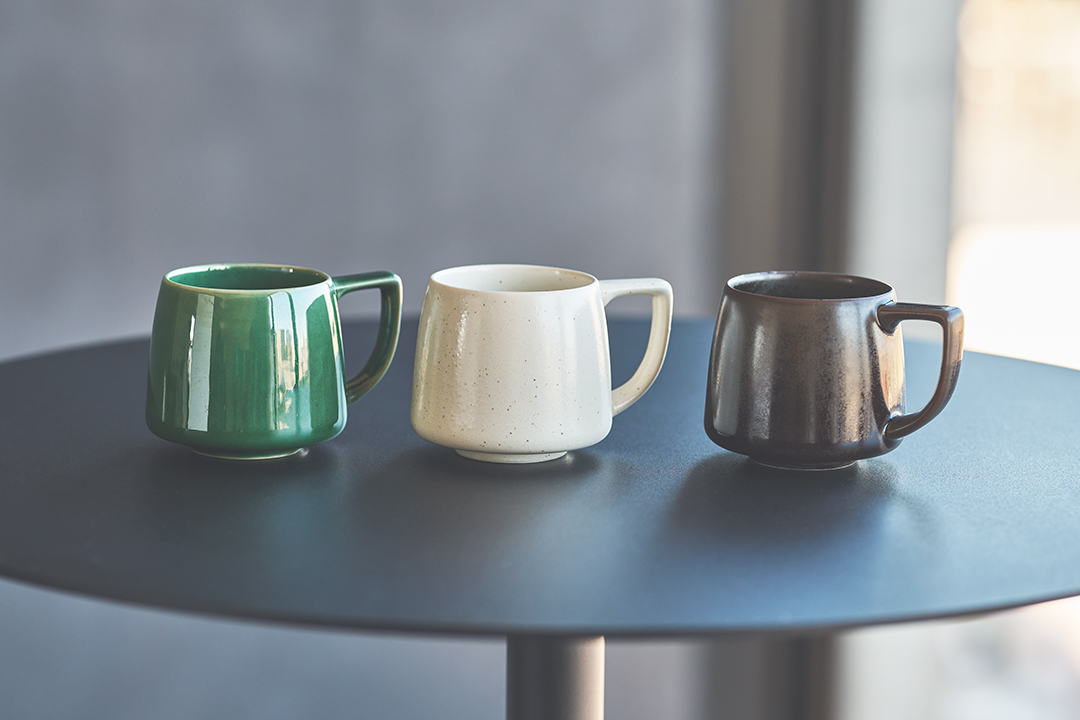
Emphasis on aroma
The wide bottom and spacious middle of the mug, efficiently bring the aroma out of the coffee.
Unique texture
Gifu prefecture is the largest producing region of ceramics in Japan and Kiki Mugs are made with the traditional Mino-yaki method. They are porcelain cups, yet have a unique smooth and wet texture.

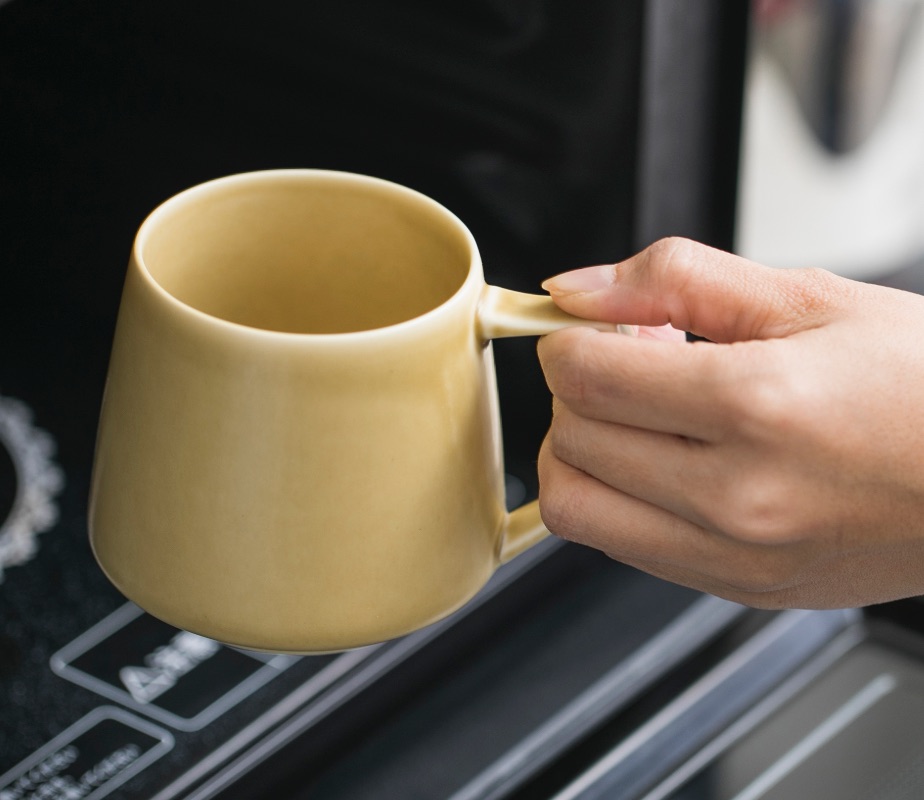
Microwave proof
They are porcelain cups therefore, safe for microwaves and the dishwasher.
※Pottery ware is typically not suitable for microwave.
※Pottery ware is typically not suitable for microwave.
Never lose the fragrance you cherish
The moment the cup touches your lips, a rich aroma rises gently through your senses, filling your mouth with a soft, lingering taste.


Crafted with delicate care
To create the mug’s distinctive shape, gently tapered at the rim, it’s made in two separate moulds – one for the top and one for the bottom – which are then joined together.
Smoothing away the seam takes careful, hands-on work, a process that makes Kiki Mugs quite different from your everyday, mass-produced cup.
Smoothing away the seam takes careful, hands-on work, a process that makes Kiki Mugs quite different from your everyday, mass-produced cup.
Six traditional colors of Mino-yaki are available
Mino-yaki is a porcelain made in Gifu. There are various kinds of products, with 15 styles certified as Traditional Craft. The 6 colors of KIKIMUG are designed for modern style inspired by traditional crafts called “Oribe”,“Shino”,“Kizeto”, “Setoguro” “Tetsuyu” and “Minoiga”.
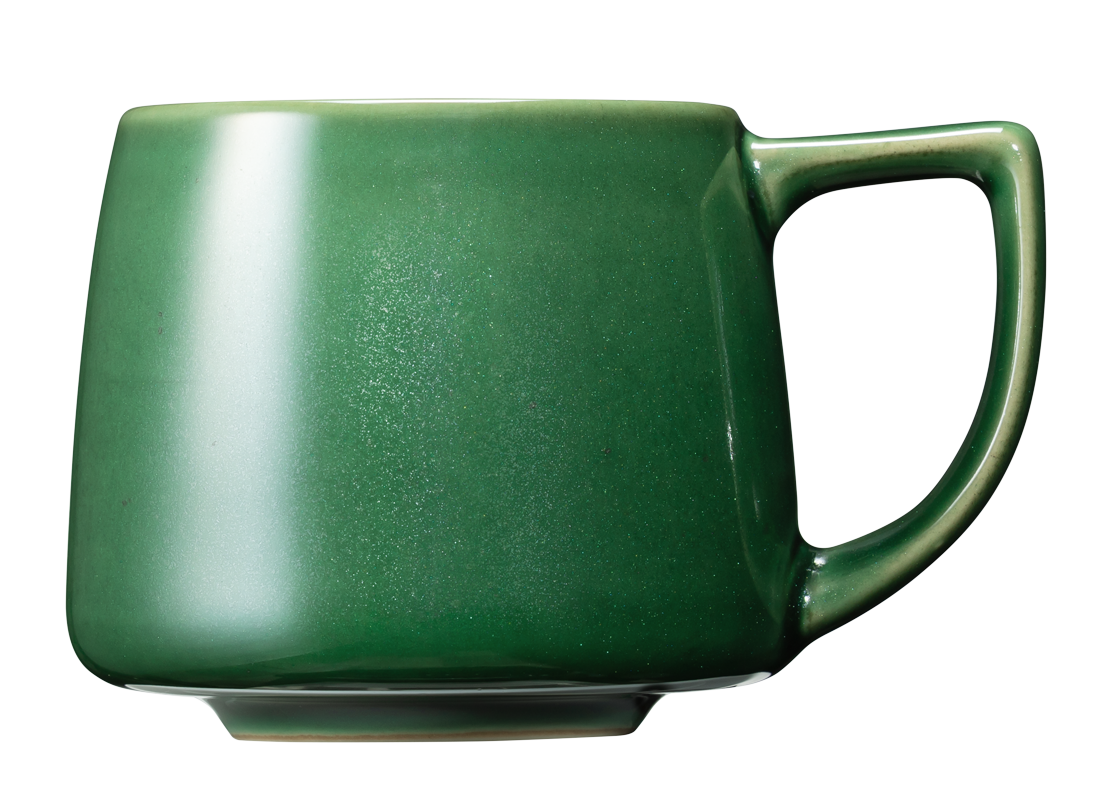
Oribe
Oribe style was produced mainly in Mino between Momoyama and Genwa period. This style was named after Oribe Furuta, who was a tea master from Mino as this was his favorite style. The most famous design is “Ao-oribe” with its innovative shapes and patterns. Other designs include Kuro-oribe, Aka-oribe, and Narumi-oribe.
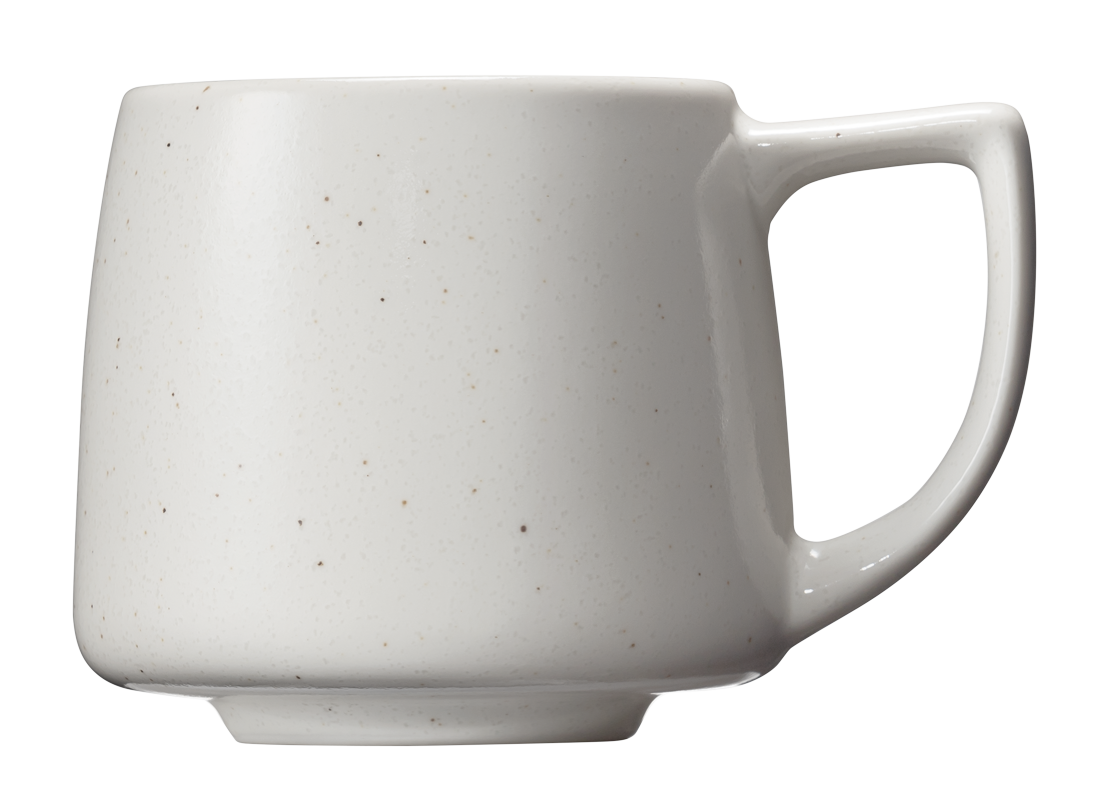
Shino
This is a kind of Oribe and was produced in Momoyama period. It is thickly painted in white, and there are small holes as well. Since it is painted unevenly, sometimes the base gets exposed. Unlike the smooth finish of white porcelain cups, each product of this style has its original look. Iron oxide is also used to paint patterns.
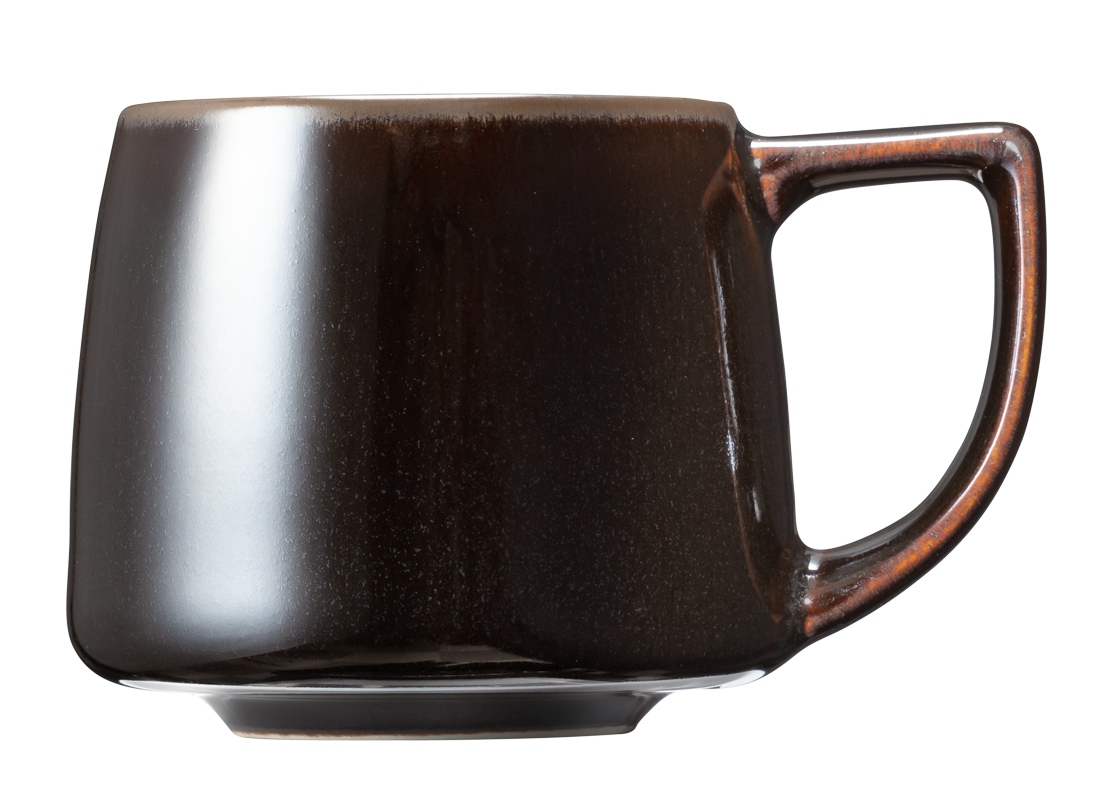
Setoguro
Setoguro style is said to have been Sen no Rikyu’s favorite. Most cups are thin cylindrical shape in black. While the glaze is still melting, cups are drawn out of the oven to be cooled down quickly to create the black finish.
About Mino-yaki
History of Mino-yaki pottery
Mino is located in the south of Gifu prefecture and it is currently the largest producing region of ceramics in Japan. The history is believed to have started when “Sue ware” was introduced from Korea more than 1300 years ago. Mino pottery became famous in Heian period and some potters in Seto region started business in Mino. This was the beginning of so-called “Koseto” era. It then moved into “Seto/Mino” era when they started using the bigger ovens. In Momoyama period, Moni-yaki pottery blossomed with the development of tea ceremony, and some potters in this “Seto/Mino” era started to develop a new style of pottery. This was the golden era in the long history of Mino. During Edo period, the number of ovens in each area became under the strict control with ownership system in place. At the same time, porcelain products came into the market and some regions even developed unique local products. Mino-yaki products became more famous in Meiji period when they got distinguished from Seto-yaki products in the market. Gosuke Kato, Danji Nishiura were some of the celebrated potters at the time and their legacy was passed onto other Mino potters of the modern time such as Toyozo Arakawa, Kagemasa Hayashi, and Keisyu Kato (all holders of Important Intangible Cultural Assets). Other potters who made some influence on the Mino pottery industry are Hajime Kato, Fujio Koyama, andSakuzo Hineno.
These potters, with their skills and attitude, haveset the high standard of Mino-yaki products, and there are more individualistic new products being released at present.
These potters, with their skills and attitude, haveset the high standard of Mino-yaki products, and there are more individualistic new products being released at present.
Difference between porcelain and ceramic
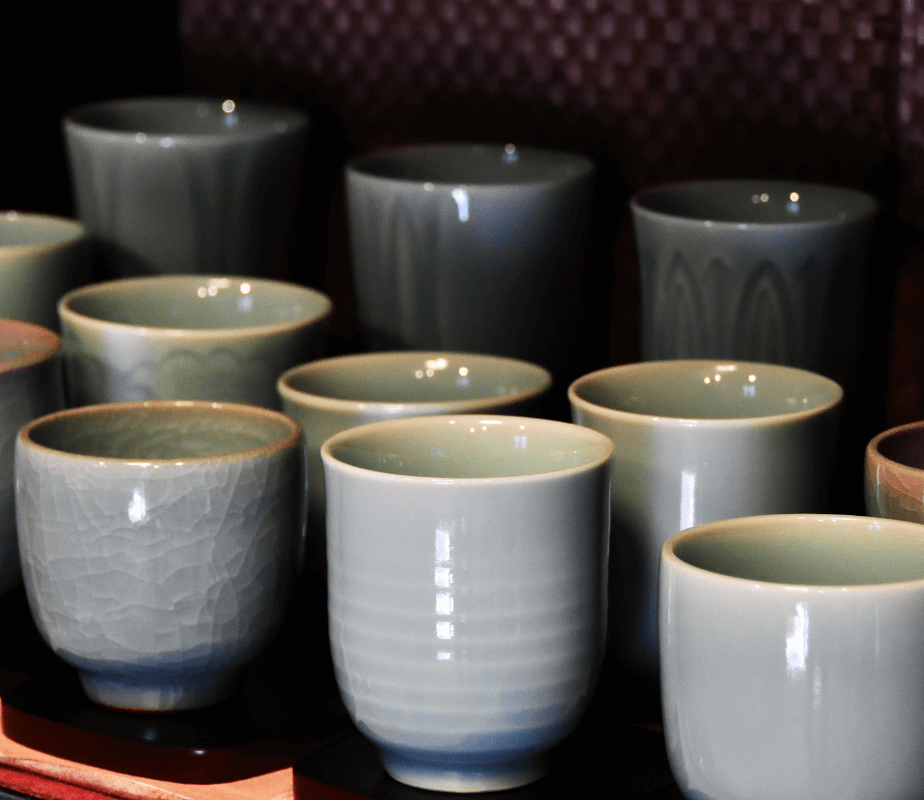
Porcelain (Jiki)
Made out of pottery stone, feldspar, and silicon, porcelain is baked at 1200-1400℃. It doesn’t absorb water and transmit light. Mino-yaki, Arita (Imari)-yaki, Kutani-yaki, Tobe-yaki, and Hasami-yaki are well known styles.
Ceramic (Toki)
Made out of china claykaolin, feldspar, and silicon, ceramic is baked at 800-1200℃. It absorbs water a little bit and doesn’t transmit light. Seto-yaki, Karatsu-yaki, Tokoname-yaki, Shigaraki-yaki, Ogi-yaki, and Kasama-yaki are well known styles.
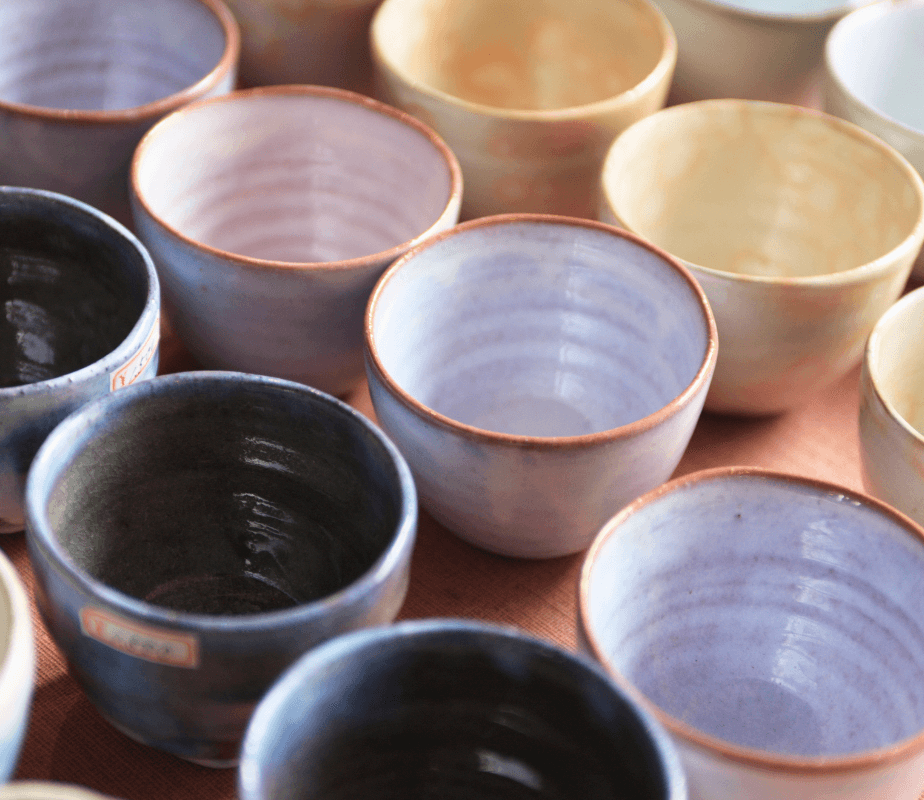
Feature
製品の特徴
Kiki mug is designed to fully enjoy the distinctive aroma and flavors.
The mug body captures the aroma longer and brings it to the nose.
They are porcelain mugs, yet have a unique texture and color like classic Mino-yaki.






KIKI MUG MINI
JPY1,980 (tax included)
MODEL:C812GR(Oribe)
DIMENSION:W11.0×D9.0×H7.5cm
WEIGHT:190g
MATERIAL:Porcelain
CAPACITY:220ml
COUNTRY OF ORIGIN:Japan (Gifu/Mino-yaki)
KIKI MUG
JPY1,980 (tax included)
MODEL:C812WH (Shino)
DIMENSION:W11.0×D9.0×H7.5cm
WEIGHT:190g
MATERIAL:Porcelain
CAPACITY:220ml
COUNTRY OF ORIGIN:Japan (Gifu/Mino-yaki)
KIKI MUG MINI
JPY1,980 (tax included)
MODEL:C812BK(Setoguro)
DIMENSION:W11.0×D9.0×H7.5cm
WEIGHT:300g
MATERIAL:Porcelain
CAPACITY:220ml
COUNTRY OF ORIGIN:Japan (Gifu/Mino-yaki)


